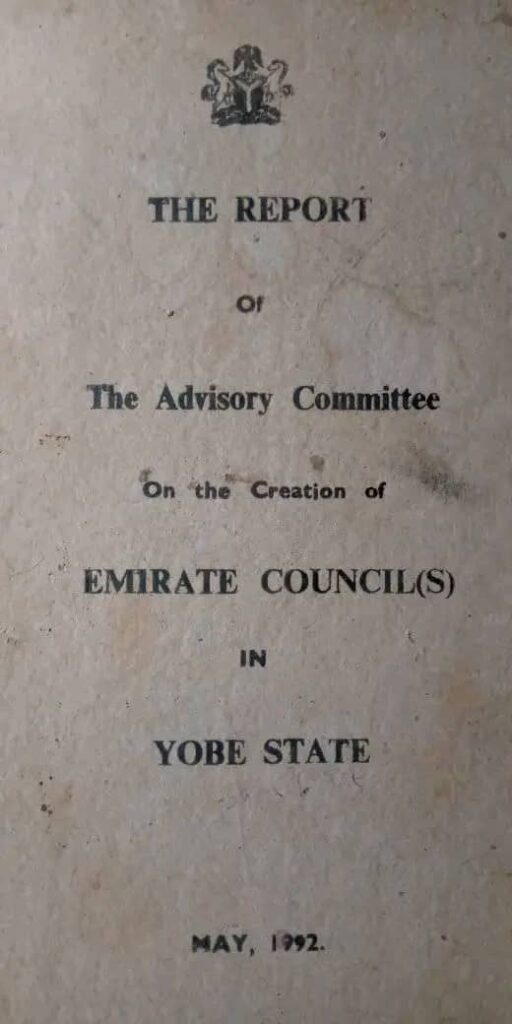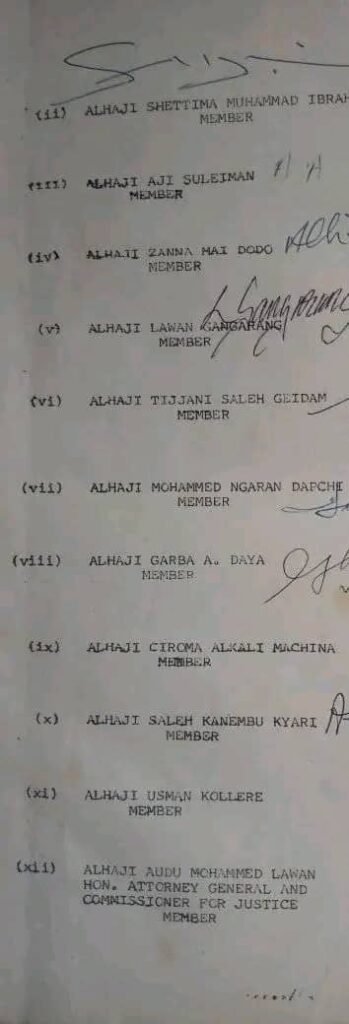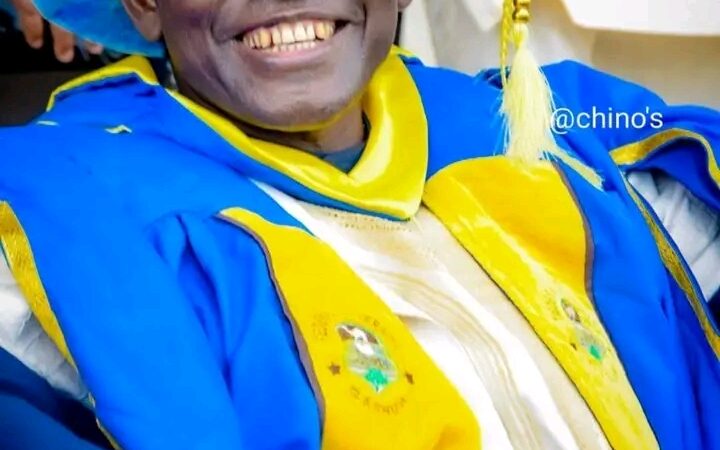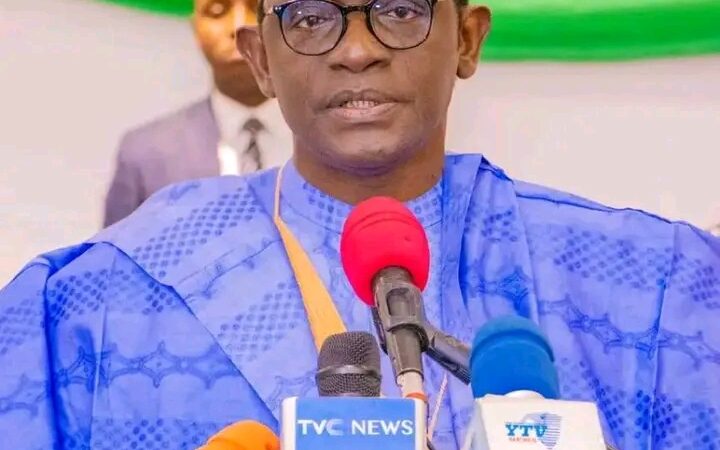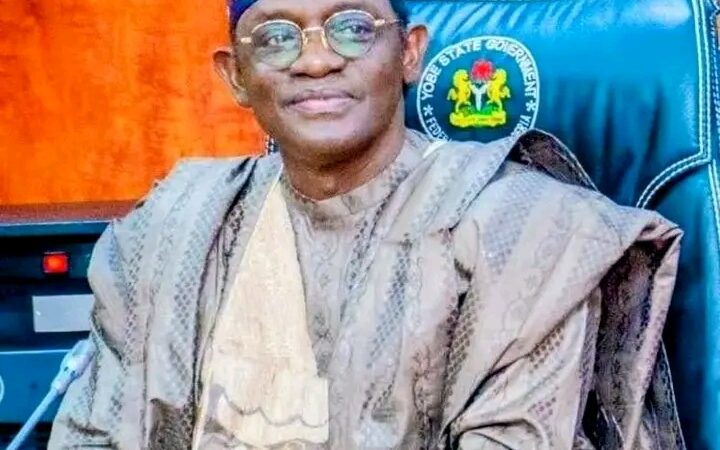Special reports on 14 Emirates councils of Yobe State.
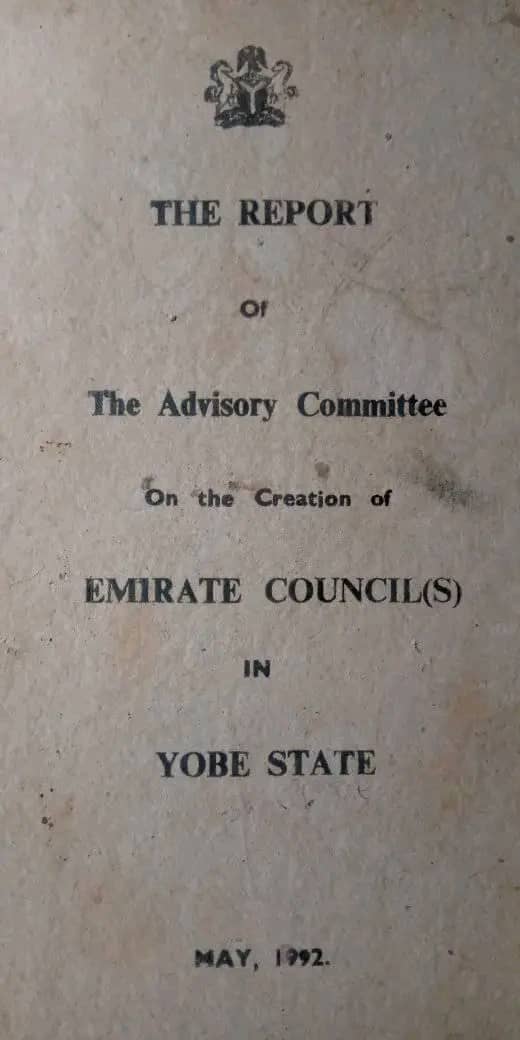
By Ibrahim Umar
Kanempress
Located in the northeastern part of Nigeria, Yobe State is one of the 36 states that make up the country. Known for its rich history cultural heritage and vast natural resources Yobe State is home to the 14 Emirates Council which plays a crucial role in the governance and development of the region.
The 14 Emirates Council of Yobe State is a prestigious institution that serves as the custodian of tradition culture and the socio-economic wellbeing of the people.
Comprising 14 emirates each headed by a respected traditional ruler the council serves as a unifying force guiding the state and its people towards progress and prosperity.
The emirates within the council include Damaturu the state capital along with influential emirates such as Nguru Bade Potiskum and Fika among others. Each emirate has its unique history customs and traditions that are deeply rooted in the rich heritage of the region.
The council’s primary duty is to uphold traditional values preserve cultural heritage and promote peaceful coexistence among the diverse ethnic groups that inhabit the state. Additionally it acts as an advisory body to the state government offering insights and perspectives on matters concerning governance policymaking and community development.
The 14 Emirates Council of Yobe State also plays a significant role in promoting education healthcare and infrastructure development within its jurisdiction.
Through various initiatives and partnerships it strives to improve the quality of life for the people by supporting education providing healthcare services and advocating for sustainable development projects.
Moreover the council organizes cultural festivals traditional ceremonies and events throughout the year to celebrate and showcase the region’s diverse cultural heritage.
These events not only foster community cohesion but also attract tourists promoting cultural tourism and economic development in the state.
YOBE INHERITED ONLY TWO EMIRATES COUNCIL FROM OLD BORNO
Yobe State inherited only two First Class Emirs when it was curved out of Borno State, they are: Fika and Bade Emirate Councils.
In 1992, former Gov. Bukar Abba Ibrahim, when he was elected as first civilian governor, commissioned an Advisory Committee on the creation of another Emirates for the newly created young State. Consequently, 12 more Emirate Councils were created, which made them up to be 14 Emirates; all by now First Class.
They are as follows based on heirachy order:
EMIRATE. Head quarter.
- Fika – Potiskum
- Bade- Gashu’a
- Damaturu- Damaturu
- Machina- Machina
- Ngazargamu- Geidam
- Gujba – Gujba
- Nguru – Nguru
- Tikau – Nangere
- Pataskum- Potiskum
- Yusufari- Yusufari
- Gudi – Gadaka
- Fune – Damagum
- Jajere- Babbangida
- Ngelzarma- Ngelzarma
The Emirs of Fika and Bade serve as the Council’s Chairman and Deputy respectively.
Yobe has the 3rd highest numbers of Traditional Rulers in Northeast after Taraba 54, Gombe 15 respectively.
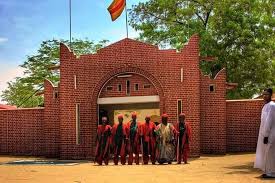
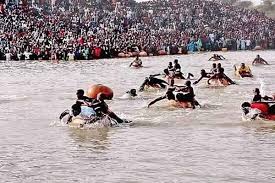
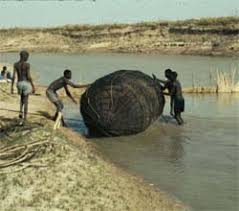
BADE EMIRATES COUNCIL
The Bade Emirates is one of the traditional Emirates in Yobe State Nigeria. It is located in the northeastern part of the country and is predominantly inhabited by the Bade ethnic group. The Bade people have a rich history distinctive culture unique traditions and interesting origins.
Historically the Bade people are believed to have migrated from the kingdom of Baguirmi which was located in present-day Chad. The migration is said to have occurred in the 17th century due to political and social upheaval in that region. The Bade people settled in the present-day area of Yobe State and established their own kingdoms and chiefdoms.
The Bade Emirates has a traditional system of governance with the Emir as the paramount ruler. The Emir is highly respected and holds significant authority within the community. The Emirate is divided into districts each with its own district head who assists in the administration of the area.
The Bade people have a rich culture that is evident in their art music dance and craftsmanship. Traditional festivities and ceremonies are an essential part of their cultural heritage. These celebrations often involve colorful displays traditional costumes music and dance performances.
Traditionally the Bade people rely on agriculture fishing and trade for their livelihood. They are known for cultivating crops such as millet sorghum maize and vegetables. Fishing is also a significant economic activity due to the presence of rivers and lakes in the region particularly the Komadugu Yobe River.
The Bade people have their unique language which is also called Bade. However due to the influence of Hausa and English languages in the region many Bade people are bilingual.
In recent times the Bade Emirates and its people have faced various challenges such as security concerns economic development issues and the impact of climate change. Efforts are being made by the government and stakeholders to address these challenges and promote the well-being of the Bade community.
Overall the Bade Emirates of Yobe State showcases the cultural diversity and historical heritage of the Bade people. It is a place where tradition and modernity coexist and it continues to contribute to the cultural mosaic of Nigeria.
Origin
Bade traditional emirate, Yobe state, northern Nigeria. Although Bade (Bedde, Bede) peoples settled in the vicinity of Tagali village near Gashua as early as the 14th century, they shortly thereafter came under the jurisdiction of a galadima (“governor”) of the Bornu kingdom based at nearby Nguru . Not until the late 18th century did they come under the rule of the present Gidgid (from the name of a settlement 30 miles [48 km] south-southwest of Gashua) dynasty of Bade. Dispersed about 1808 by warriors in the jihad (holy war) conducted by the Fulani, the Bade sought protection and again agreed to pay tribute in slaves to Bornu. About 1825, however, Lawan Babuje, the Bade mai (“ruler”), found the tribute too high, organized a pan-Bade federation, built the walled town of Gorgoram (27 miles southwest of Gashua) as his capital, and declared Bedde’s independence from both the Fulani and the Kanuri. Mai Alhaji, his son and successor (reigned 1842–93), successfully defended Gorgoram from both Fulani (mostly from Hadejia town, 73 miles west-southwest) and Kanuri attacks. Although Gorgoram was captured during the reign of Mai Duna (1893–97) by the forces of Rābiḥ az-Zubayr, the Sudanese warrior who destroyed the power of Bornu, following the advent of British rule in 1902, Mai Saleh (also Sale; reigned 1897–1919) was recognized as the emir of independent Bade.
Bade traditional emirate is mainly inhabited by the predominantly Muslim Bade, Ngizim, and Kanuri peoples. Its arid savanna climate supports only a sparse population, but its location in the drainage systems of the seasonal Hadejia and Katagum rivers, which join together within the emirate to form the Komadugu Yobe, allows fishing during the rainy season. Peanuts (groundnuts) and cotton are the chief cash crops; but sorghum, millet, cowpeas, tobacco, and gum arabic are also collected for sale in the local markets. Cattle, goats, and sheep are the principal livestock. Gashua, by far Bedde’s largest town, is the headquarters of a local government council and a market centre as well as the seat of the Mai Bedde.
DAMATURU EMIRATES COUNCIL
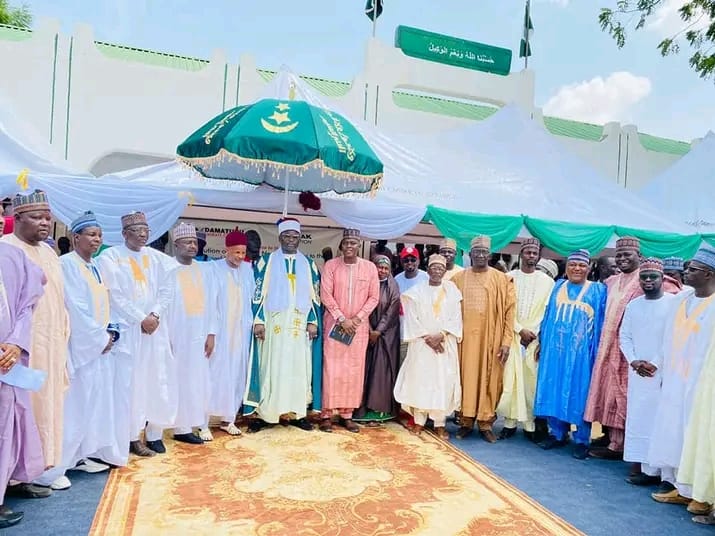
The Damaturu Emirates Council is an important institution in Nigeria particularly in the northern state of Yobe. It serves as the traditional and cultural authority for the people of Damaturu and its surrounding areas. To understand the origins and creation of the Damaturu Emirates Council let’s delve into its history culture traditions and origins.
History:
The history of the Damaturu Emirate dates back several centuries. It traces its roots to the Kanem-Bornu Empire which was one of the largest pre-colonial states in Africa. The Kanem-Bornu Empire was renowned for its wealth trade and strong socio-political structures. Over time Islam spread in the region and the emirates emerged as centers of Islamic culture and governance.
Culture:
The Damaturu Emirate has a rich cultural heritage that is deeply influenced by Islam and the Kanuri, Hausa-Fulani traditions. The people of the emirate are predominantly Muslims and Islamic practices and values shape their way of life. The emirate is known for its colorful festivals traditional music dance and art forms. Traditional attire such as the gandu and babban riga are widely worn particularly during festivals and special occasions.
Traditions:
The Damaturu Emirate upholds various traditions and customs that have been passed down through generations. These traditions encompass aspects of governance social interactions marriage and community celebrations. Traditional rulers known as Emirs play a vital role in upholding these traditions and preserving the cultural heritage of the emirate. They are seen as custodians of the people’s values and are highly respected by the community.
Origins and Creation:
The Damaturu Emirates Council was established in the early 19th century during the reign of the Kanem-Bornu Empire. It was created as a means of local governance and administration as well as a platform for resolving disputes and maintaining law and order. The emirate’s boundaries were defined and a traditional ruler known as the Emir of Damaturu was appointed to lead the council.
Over the years the Damaturu Emirate has evolved and adapted to the changing socio-political landscape. It has weathered various periods of political transitions including the British colonial era and Nigeria’s independence. Today the Damaturu Emirate Council continues to represent the interests of the people and serves as a symbol of cultural identity and unity.
In conclusion the Damaturu Emirate Council has a rich history culture and traditions that reflect the enduring legacy of the Kanem-Bornu Empire and the Islamic heritage of the region. It remains an integral part of the social fabric of Yobe State playing a crucial role in preserving and promoting the emirate’s cultural heritage and values.
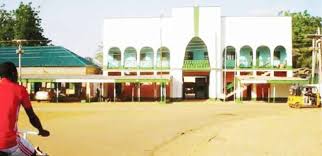
FIKA EMIRATES COUNCIL
The old Fika Emirate was a multi-ethnic emirate that according to tradition dates back to the 15th century. The Bole people, already converted to Islam, were said to have moved to the current location from a settlement named Daniski in 1805. The headquarters of the emirate was moved from Fika town to Potiskum in 1924.The current emir Muhammadu Idrissa succeeded Alhaji Abali Ibn Muhammadu Idrissa, who died at the age of 77 on 10 March 2009 leaving four wives and over 40 children.
On 6 January 2000 the governor of Yobe State, Bukar Abba Ibrahim, increased the number of Emirates in the state from four to thirteen. The Emir of Fika, Alhaji Muhammadu Abali, protested and brought court action, but eventually acquiesced. The emirate should not be confused with the Potiskum Emirate, created by Bukar Ibrahim as a “traditional state” for the Ngizim people. In 2009 and 2010 there was conflict between the emirate councils of Fika And Potiskum which came close to turning violent, but was resolved by the paramount Sultan of Sokoto, Sa’adu Abubakar.
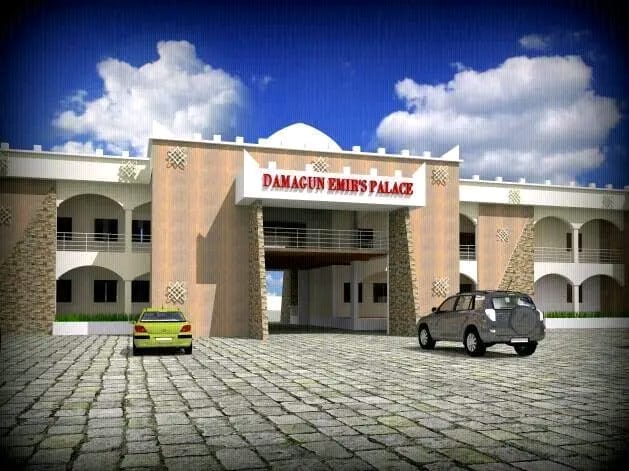
Fune Emirates Council:
Fune Emirates Council is located in Fune Local Government Area of Yobe State. The emirate’s headquarters is Damagum town. Fune is one of the most developed emirates in Yobe State known for its commercial and industrial activities. The emirate has a vibrant market and is a hub for trade with a diverse range of goods and services being exchanged.
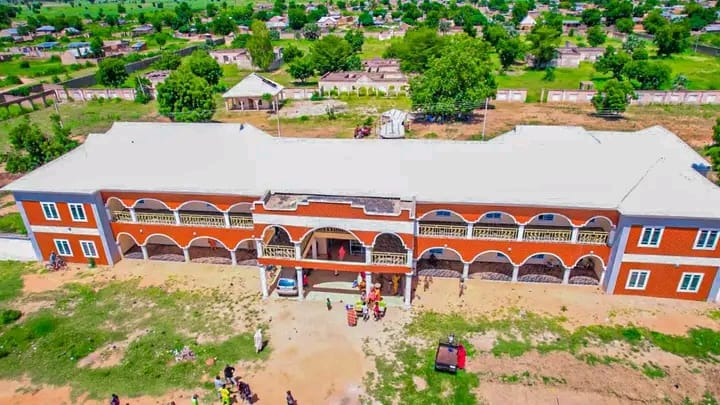
Gujba Emirates Council:
Gujba Emirates Council is situated in Gujba Local Government Area of Yobe State. The headquarters of the emirate is Buni Yadi town. Gujba emirate is known for its agricultural productivity particularly in the cultivation of crops like maize millet sorghum and beans. Livestock rearing is also prominent with cattle sheep and goats being reared for commercial purposes. Gujba also has a rich cultural heritage with traditional festivals and ceremonies celebrated by the people.
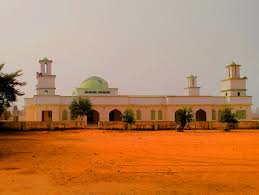
GUDI EMIRATES COUNCIL
The Gudi Emirates council is located in Gadaka, which is a town in the Fika Local Government Area of Yobe State, Nigeria, The town of Gadaka is situated in the southern part of Yobe State, near the boundary with Gombe and Bauchi states. It used to be the capital of the defunct Gadaka Local Government Area, created by Shehu Shagari’s administration.
The town has a population of about 60,000 people.
The emirate plays a significant role in the administration culture and history of the region.
Origins: The Gudi Emirates council traces its origins back several centuries and is believed to have been established by the Gamo people an ethnic group native to the area. Over time the emirate grew in influence and power becoming an important center of trade and agriculture.
History: The emirate has a rich history characterized by its interactions with neighboring emirates and kingdoms. It has witnessed periods of both prosperity and challenges including conflicts and invasions. Despite these turmoils the Gudi Emirates council has managed to preserve its cultural heritage and traditional institutions.
Culture: The Gudi Emirates council is proud of its cultural heritage which reflects the customs values and traditions of its people. The locals are known for their artistic skills especially in pottery textile weaving and woodcarving. Traditional music and dance also play a significant role in their culture often performed during social events and festivals.
Tribe: The majority of the people in the Gudi Emirates council are from the Gamo ethnic group who are predominantly farmers and traders. The Gamo people have their language although Hausa is widely spoken and serves as the lingua franca in the area.
Historical Sites: The emirate is home to several historical sites that showcase its rich past. One notable site is the Gadaka Rock Shelter which contains ancient rock paintings dating back thousands of years. These paintings provide valuable insights into the lives and beliefs of early inhabitants of the region. Additionally the emirate has historical palaces tombs and mosques that hold significance for the local community.
Overall the Gudi Emirates council in Gadaka is a vibrant and culturally significant region in Yobe State Nigeria. Its historical sites cultural traditions and the contributions of its people have helped shape the identity of the emirate and contribute to the cultural diversity of the state.
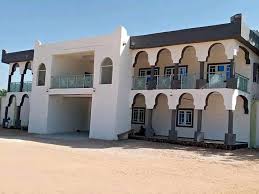
Jajere Emirates Council:
Jajere Emirates Council is situated in Fune Local Government Area of Yobe State. The headquarters of the emirate is Tarmuwa LGA. The people of Jajere are primarily involved in farming with crops such as millet maize and cowpea being the main agricultural products. Livestock rearing is also prevalent in the emirate with cattle sheep and goats being reared for meat and dairy purposes.
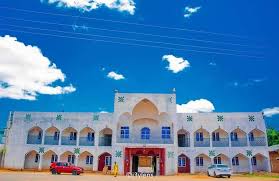
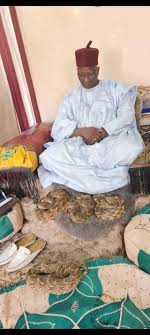
MACHINA EMIRATES COUNCIL
Machina is one of the remotest towns in Yobe State. Located about 300 kilometres north of Damaturu, the state capital, it is an emirate that prides itself of a rich cultural and historical background. One of the unique things about the historical town is that snakes and human beings are friends and do not harm each other. It is not clear when the fraternity between Machina Kingdom and snakes began. But one thing that is very clear is that the people of the kingdom do not joke with the relationship or take it for granted. The enmity between man and snake may date back to creation, but the people of Machina are not ones to ever harm a snake.

NGAZARGAMU EMIRATES COUNCIL
The Ngazargamu Emirates Council is located in Geidam, a Local Government Area in Yobe State, Nigeria.Geidam is situated in the northwest of the area at coordinates 12°53′49″N 11°55′49″E.The town of Geidam serves as the headquarters for the local government area.
It is imperative to note that the Ngazargamu Emirates Council is associated with the historical city of Birnin Ngazargamu, which was the capital of the Bornu Empire from around 1460 to 1809.The remains of this former capital city are still visible, including a surrounding wall that stretches 6.6 km (4.1 mi) in length and reaches up to 5 m (16 ft) in height at some points¹. Birnin Ngazargamu was built during the reign of Mai Ali Gazi (1476–1503) and was located at the fork of the Komadugu Gana River and the Komadugu Yobe, near present-day Geidam.
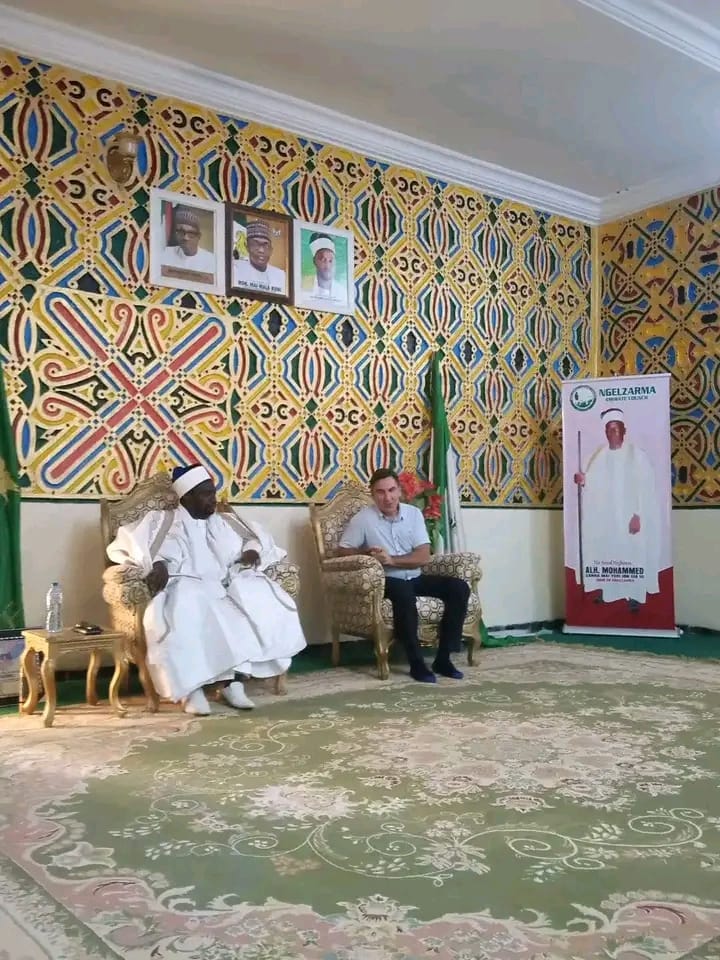
Ngelzarma Emirates Council:
Ngelzarma Emirates Council is located in Fune Local Government Area of Yobe State. The emirate’s headquarters is in Ngelzarma town. Ngelzarma is known for its agricultural activities especially the production of grains livestock rearing and fishing.
The emirate is also involved in trade and commerce with a vibrant local market that attracts people from neighboring areas.
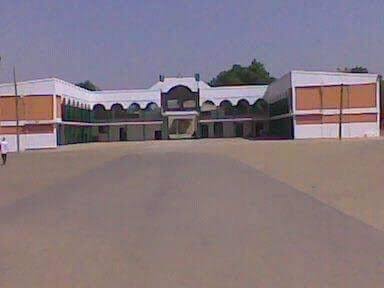
NGURU EMIRATES COUNCIL
Nguru, town, northwestern Yobe state, northern Nigeria, near the Hadejia River, a seasonal tributary of the Komadugu Yobe River, which flows into Lake Chad. Precisely when the town was founded is unknown, but by the early 16th century it had been incorporated into the Bornu kingdom (see Kanem-Bornu) of the Kanuri people and was the seat of the galadima, the Bornu governor of the western provinces. Nguru’s location in the disputed area between the Hausa states and Bornu led it to be temporarily occupied by the forces of Muḥammad Kisoki, the Hausa king (1509–65) of Kano, 150 miles (240 km) west-southwest. Nguru was also the site about 1561 of the major victory by Kebbi, a Hausa state to the west, over Bornu; but Bornu succeeded in regaining the town shortly thereafter. Nguru once again became the seat of the galadima about 1808, when Fulani warriors almost destroyed the town in their victorious jihad, or holy war.
Since the arrival of the railroad in 1929, Nguru has become one of Nigeria’s major collecting points for gum arabic, and it also ships peanuts (groundnuts), cotton, meat, hides, and skins by rail to Lagos. A modern slaughterhouse and refrigeration plant was built there in the 1960s to process the cattle and goats pastured during the dry season in the Hadejia valley. The town serves as the chief trade centre (sorghum, millet, peanuts, cowpeas, cotton) for the nearby predominantly Muslim Kanuri, Bede (Bedde), and Manga peoples. Nguru is the northeastern terminus of the railway branch from Zaria and Kano. It is also served by a local highway that connects it with the main highway network at Damaturu, to the southeast. Pop. (2006) local government area, 150,632.
POTISKUM EMIRATES COUNCIL
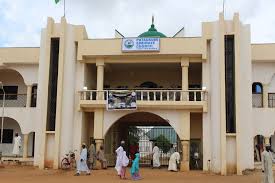
The Potiskum Emirate (or Pataskum Emirate) is a traditional state in Nigeria, with headquarters in Potiskum, Yobe State. The emir holds the title “Mai”.
The emirate was founded in 1809 by the Ngizim or Ngizimawa people. In 1913 the British colonial rulers merged it into the Fika Emirate. In 2000 it was again made an independent emirate. Both the Fika and Potiskum emirates have their headquarters in the city of Potiskum.
The Potiskum Emirate was organized by the Ngizim people, who had subjugated the Karakare people.[1] The state was formed in 1809 by a Chief of the Ngizim named Mai Bauya or Buyan.
In the 19th century people of the Misau emirate often raided the Kerikeri country. The Misau Emir Amadu (1834–1848) captured the capital, Potiskum. Usuman (1848–1861) and Sale (1861–1885) also raided the Kerikeri.[3] In 1901 the Potiskum Emirate became part of the British Northern Nigeria Protectorate.
The neighboring Fika Emirate had been founded by the Bolewa, said to be Kanembu in origin. They moved to the area and subjugated the local Ngamo people, Kare kare people and Ngizim people.[1]Fika town, the traditional capital, is about 60 kilometres (37 mi) south of Potiskum. The Emir of Fika is one of the 1st Class Emirs of the Colonial and present day Northern Nigeria.In 1909 the western part of Potiskum was merged into the Fika Emirate, and on 13 May 1913 the eastern portion was also merged into Fika for administrative convince by the colonial rulers then. At the time of merger the Fika Emirate had a population of 25,400 including Bolewa, Ngizimawa, Ngamo or Ngamawa, and Karekare or karai karai people, with an area of Gadaka990 square miles (2,600 km2). The Potiskum Emirate had a population of 11,500 with an area of 320 square miles (830 km2).
The Fika Emirate thus had authority over the Bolewa, Ngizim and Ngamawa people of Fika and Gadaka .
During World War I (1914–1918) there was some unrest against the colonial rule. In 1915 Potiskum town by the then ruler of Potiskum (Ngizim) . The ruler was deposed by the British. He managed to hold Potiskum for some time before government troops accompanied by dogarai from Fika defeated him in late May 1915.In the 1920s the main east-west road was built through Potiskum, which became a commercial and political center.The emir’s court moved to Potiskum in 1924. In the 1950s the Ngizim and Karekare Union political association represented the subject people of Bornu province, allied with the Northern Elements Progressive Union (NEPU). The ruling Bolewa tribe was identified with the dominant Northern People’s Congress (NPC).
The Potiskum emirate was recreated by Yobe State governor Bukar Ibrahim on 5 August 1993, when he split the state’s four emirates into 13. This change was reversed by the military regime of Sani Abacha that took control later that year.
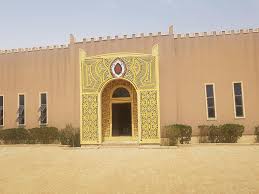
TIKAU EMIRATES COUNCIL
The Tikau Emirates council is located in the Nangere local government area of Yobe State, Nigeria. The council is situated in the town of Sabon Gari Nangere. The Tikau Emirate is hosted by the Nangere local government area, which has an estimated population of 188,761 inhabitants. The area is predominantly populated by members of the Karai and Fulani ethnic groups1. The Karai, Hausa, and Fufulde languages are commonly spoken in Nangere LGA1.
The area covers a total land area of 980 square kilometers and experiences an average temperature of 34 degrees centigrade..
Historical Evolution of Tikau Emirate
Like its counterpart emirates in Northern Nigeria, Tikau Emirate traces its historical emergence through oral legends. According to many oral traditions, the founder of Tikau Dynasty was a hero called Shikau, who initially lived with his people by the side of Lake Chad during the rise of Kanem Empire in the 15th Century;and subsequently left Lake Chad Islands and Shores for Ngazargamu, as a result of rampant attacks from Wadai. From there they moved further south where they settled and founded a place near Dapchi which was named after their leader (Shikau).At its initial emergence, Tikau Dynasty used to pay allegiance to Kanem- Borno Empire. According to a manuscript on Pre-colonial history of Tikau, there were two clashes between Borno and Kebbi during the reign of Mai Ali Gaji, during which the Tikau people gave their support to Mai Ali Gaji, which led to his victory over Kebbi (Adamu, N.D).Subsequently, the three brothers left Shikau and moved down south until they came to where they founded Tikau and Nanai in the north and south of Potiskum respectively. Hence, the descendants of these people spread and settled on theYobe/Bauchi plains. Currently, the Tikau clan is regarded as the primus interpares among the other Karai-karai clans and is the rallying point of the generality of Karai Karai people.
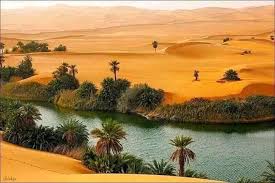
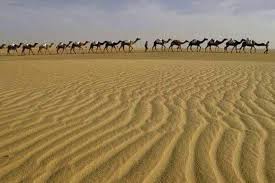
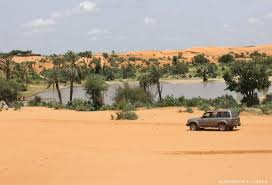
YUSUFARI EMIRATES COUNCIL
Yusufari is a Local Government Area (LGA) in Yobe State, Nigeria. It shares a border in the north with The Republic of Niger. The LGA has an area of 3,928 km² and a population of 111,086 as of the 2006 census. The headquarters of Yusufari LGA is located in the town of Yusufari.
